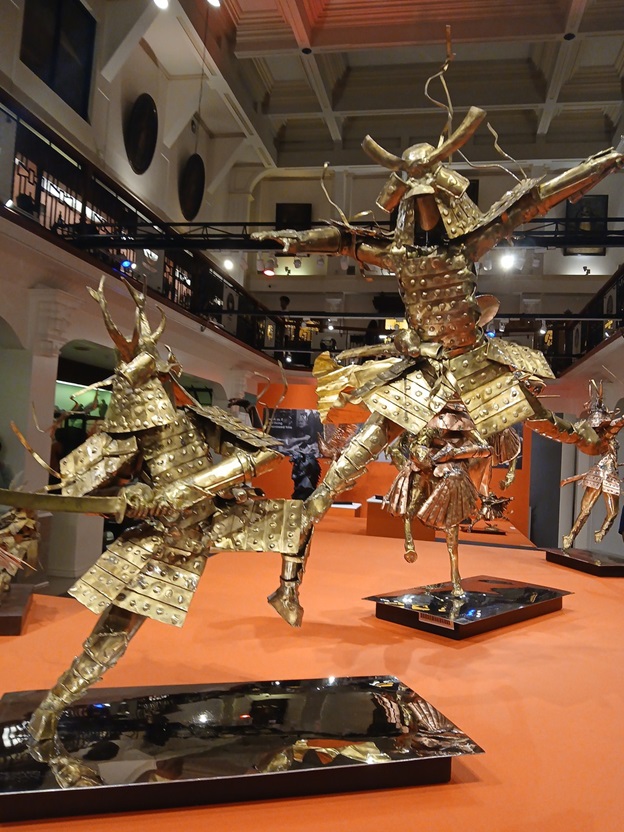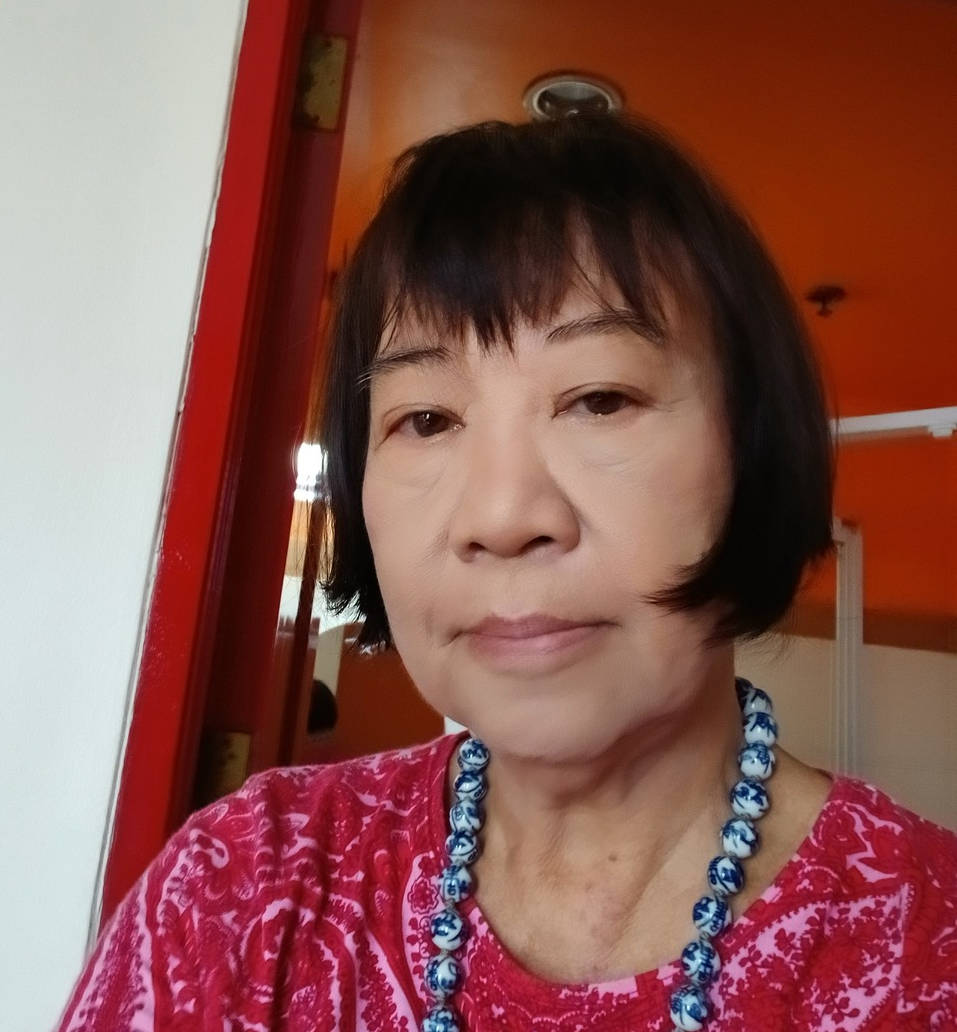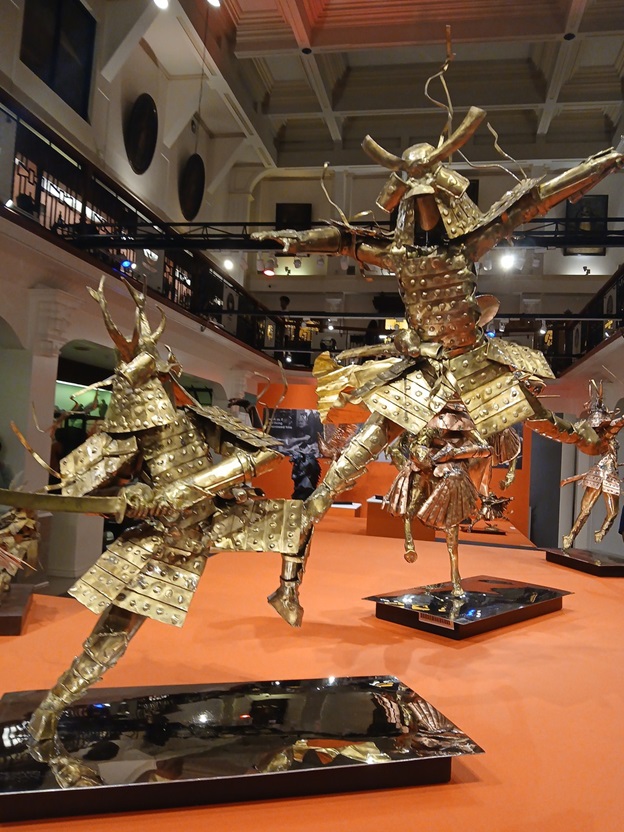
In Richard Buxani’s most recent solo exhibit, Magic in Metal: The Art of Richard Buxani, at the UST Museum, Manila, he presented selected works from 2009 to 2024, showing his versatility in metal sculptures.
Movement is always present in Buxani’s creations, a dynamic and flowing force that underscores an expressiveness of form through space.
Unlike painting’s two-dimensionality, sculpture in its three-dimensional form offers a multiplicity of views. By shifting one’s position, the sculptural work reveals itself in an entirely different angle, offering fresh insights.
Heroes and celestial beings
Buxani’s heroic figures include St. Michael the Archangel forever battling the forces of evil; Odin the Conqueror, a god of war and death in Norse mythology; and St. George, a soldier in the Roman army and an early Christian martyr sentenced to death for his refusal to recant his faith.
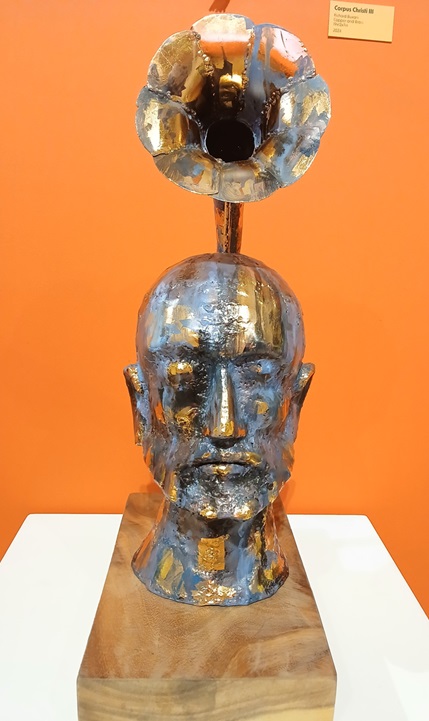
His representational figures revolve on the duality of malevolence versus benevolence amidst symbolisms of individual strength, honor, courage, and power.
Japanese samurai warriors in different poses with their weapons, spears and arrows, are on display; the samurai is known for stoicism, honor, and personal loyalty to their master above life itself. Buxani’s samurai series started early in 2009 and over time, he has always tried to “capture the essence of a samurai’s life through movement.”
Angels have always fascinated Buxani. Aside from St. Michael, he has depicted these winged messengers in many forms. Surrealistic and highly symbolic, his angel of death has eight hands. The top two hands hold the world with the tree of God, while the others are for carrying sacred symbols such as the book of death, an apple, a leaf from the tree of God, and a divine sword.
The exhibit also includes several Corpus Christi figures, an eagle with his wings spread in full, a dragon clutching a red glass ball, demons, and a puppet master.
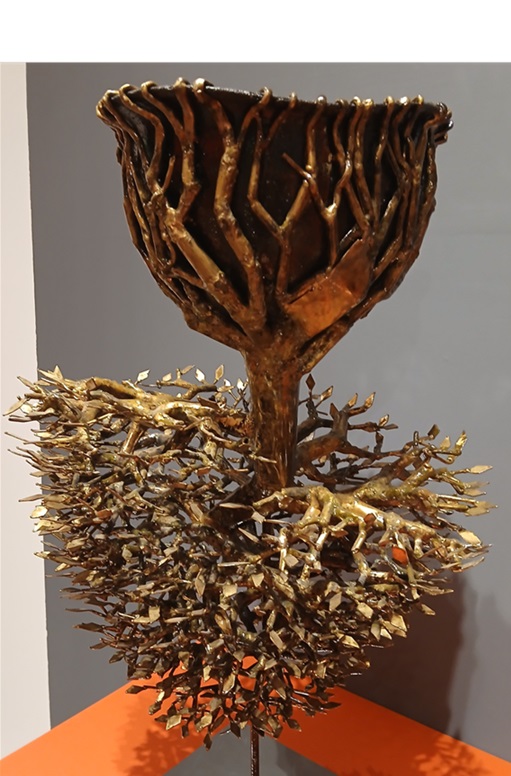
Form in three dimensions
Instead of casting and making a mold, Buxani uses the cut-bend-weld method of making his sculptural works. Sheet metals are cut, bent into the desired shapes and forms, and then welded together. He combines and welds two different metals, brass and copper. It is always challenging as each metal has its own distinct properties, he says. He also uses black steel and found objects in many of his works.
In an early 2023 exhibit titled Mak-Ina (from the words makina and ina) at the NCCA Gallery, he used old sewing machines that he has collected for 10 years and turned them into utilitarian art, nine sculptural works that could be used as chairs and benches.
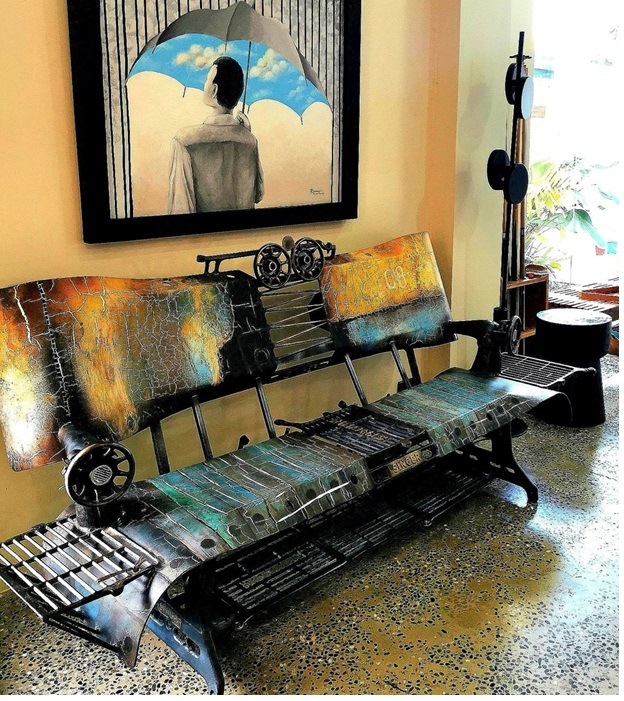
Initially, Buxani was doing acrylic painting and later, discovered the magical world of brass sculpture. Looking back, Buxani recalls the moment when he realized that the creative process of three-dimensional works captivates him, rather than in two-dimensions. “I discovered the spontaneity and my natural fondness for bending, crafting, cutting, welding and molding materials. I prefer the rawness of brass by infusing it with a finite form but seemingly evolving feel. The journey is only the beginning for me.”
In a 2021 Manila Bulletin interview, he describes his strong sense of urgency because of the Covid pandemic: “I work as if I am living in borrowed time. I spend as much time as I can with the family. I always take each day with great enthusiasm and thankfulness. Live without regrets. Work and play like there’s no tomorrow.”
Richard Buxani (b. 1971)
Based in Imus, Cavite, he is a graduate of architecture from University of Santo Tomas. After a short stint as a draftsman, he worked in sales at a telecommunications company and the garment business that his Indian father had established. Then, he became a contractor, thinking he could use both his business experience and architecture.
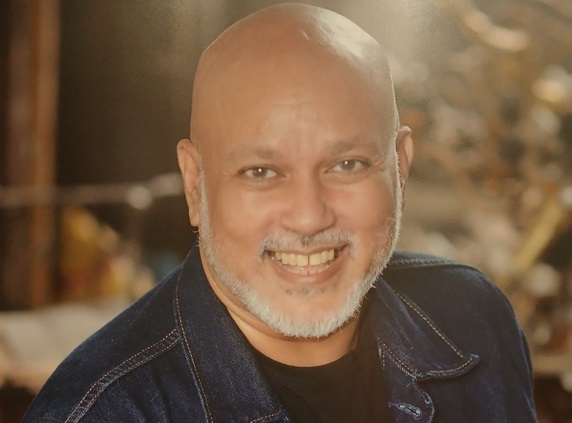
As a contractor, he met visual artists and Ronald Castrillo, a sculptor. Buxani was impressed with Castrillo’s work, asking so many questions about sculpting. In turn, Castrillo mentored and gave him short workshops.
“It was interesting to see the works coming to life, and how fire tempers the material and makes it surrender to the will of the artist. Magic!” Buxani followed his passion, leading to an entirely different path in his life by 2009, at the age of 39.
By 2017, Buxani became a full-time artist. A year later, he had his first solo exhibition titled Materialization at the Eskinita Art Gallery during the first Ortigas Art Festival. Also in 2018, his work titled Reimagination of St. George was a finalist in the sculpture category of the GSIS national art competition.
More solo and group exhibits followed and by 2019, he has participated in international exhibits in the United States, Hong Kong, South Korea, Malaysia, and Egypt.
As his artist journey continues, Buxani notes in the same 2021 interview: “I’ve always defined my art to be raw emotions and brutal realities, but artistry always evolve. I am open to new things and new concepts. Technically speaking, there are more ways to explore old and new materials than I can ever learn in my lifetime.”
